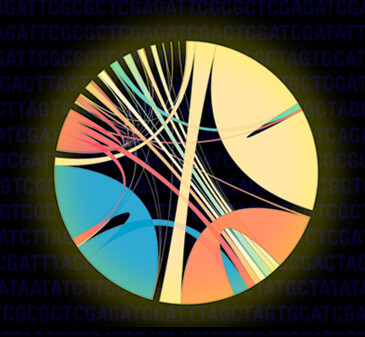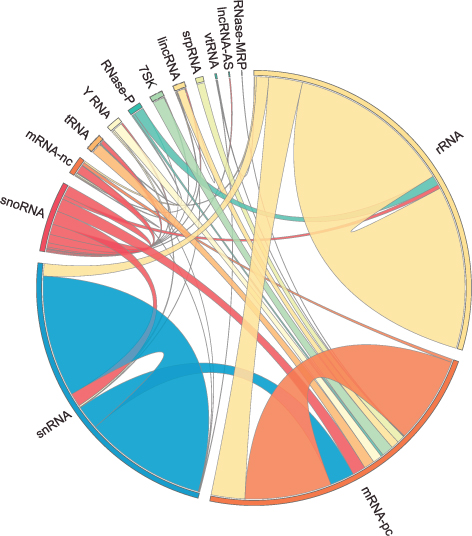Mobile Menu
-
Our Scientists
- Andrews, Brenda
- Angers, Stephane
- Attisano, Liliana
- Babaian, Artem
- Bader, Gary
- Blencowe, Benjamin
- Boone, Charles
- Brown, Grant
- Chan, Warren
- Fraser, Andrew
- Friesen, James (Professor Emeritus)
- Gilbert, Penney
- Gillis, Jesse
- Goeva, Aleksandrina
- Greenblatt, Jack
- Harrington, Lea
- Hughes, Timothy
- Kim, Philip M.
- Krause, Henry
- Montenegro Burke, Rafael (Rafa)
- Morris, John
- Morshead, Cindi
- Radisic, Milica
- Röst, Hannes
- Roth, Frederick (Fritz)
- Roy, Peter
- Ryu, William
- Sefton, Michael
- Shoichet, Molly
- Stagljar, Igor
- Taipale, Mikko
- van der Kooy, Derek
- Wang, Shu
- Wheeler, Aaron
- Yip, Christopher
- Zhang, Zhaolei
- Research
- Platforms
- Students
- Postdocs
- News
- Careers
- Events
- About Us


 Now, Professor
Now, Professor  The new tool, called ‘LIGR-Seq’, captures interactions between different RNA molecules. When two RNA molecules have matching sequences – strings of letters copied from the DNA blueprint – they will stick together like Velcro. The paired RNA structures are then removed from cells and analyzed by state-of-the-art sequencing methods to precisely identify the RNAs that are stuck together.
The new tool, called ‘LIGR-Seq’, captures interactions between different RNA molecules. When two RNA molecules have matching sequences – strings of letters copied from the DNA blueprint – they will stick together like Velcro. The paired RNA structures are then removed from cells and analyzed by state-of-the-art sequencing methods to precisely identify the RNAs that are stuck together.